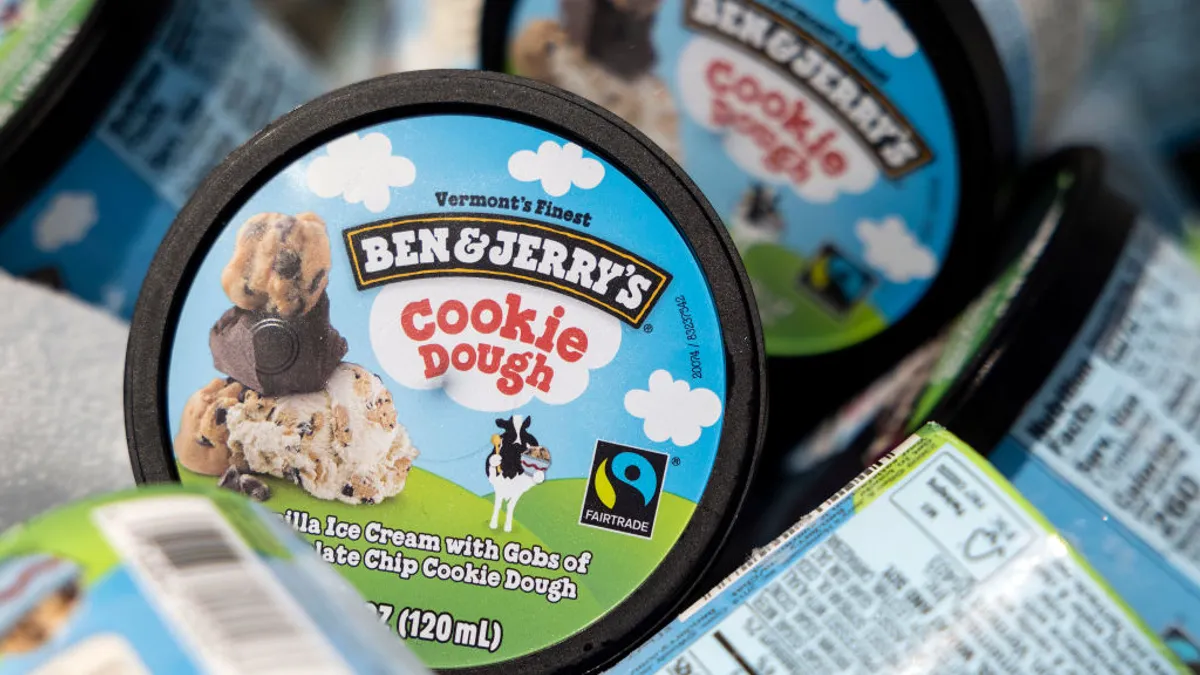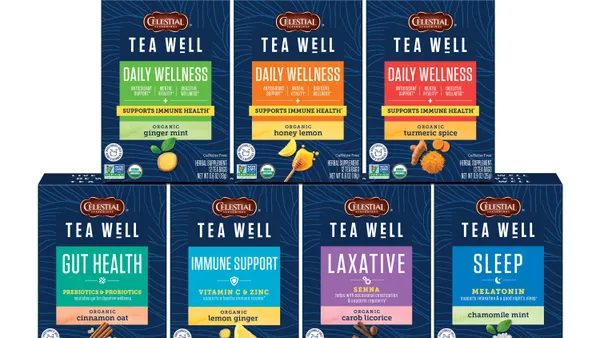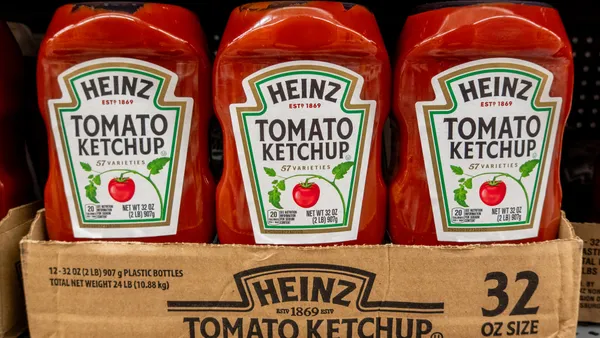Dive Brief:
- Some craft breweries are pulling out centuries old German beer-making methods for unfiltered brews to create a beverage that could appeal to more drinkers, according to an article in the New York Times.
- Unfiltered beers, ranging from lagers to ales, have been brewed for hundreds of years in Germany. Their alcohol levels are lower than many trendy craft brews, and often have a fuller mouthfeel, thanks to residual yeast and proteins.
- Popular unfiltered styles include keller and zwickel, though some breweries just stick the with simple "unfiltered" label. The craft brewers who are bringing this style back hope it will have broader appeal to consumers.
Dive Insight:
The number of breweries in the U.S. increased from 1,447 in 2005 to 5,005 at the end of 2016, with much of this growth tied to craft brews. According to Brewbound and IRI Worldwide, however, craft beer's growth slowed to 4% by volume in 2016.
Craft beers are known for their more extreme flavors and styles, higher alcohol content and wacky names and labels. This has appealed to a number of consumers for years, but the interest has been waning recently. Millennials, in particular, are swapping craft beer for liquor and wine.
In a funny twist, the relatively staid, traditional style of unfiltered German beer could be the way for independent brewers to stand out and win back some customers. In addition, it could help brands differentiate themselves by touting this older way of beer-making to add an "authentic" value-add to their label.
There is already an existing market for unfiltered suds. AB InBev produces Shock Top, while MillerCoors makes Blue Moon, both of which are unfiltered Belgian-style wheat ales. The new trend is for German styles, but there clearly is already a sizable consumer base that likes this easy-to-drink taste.











